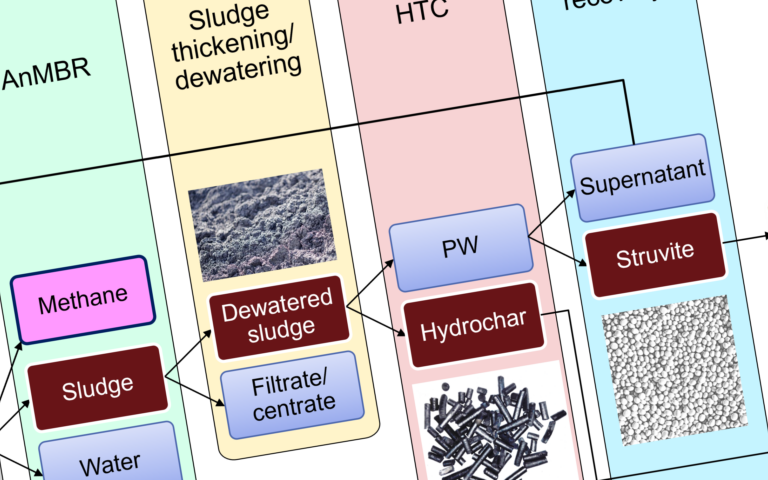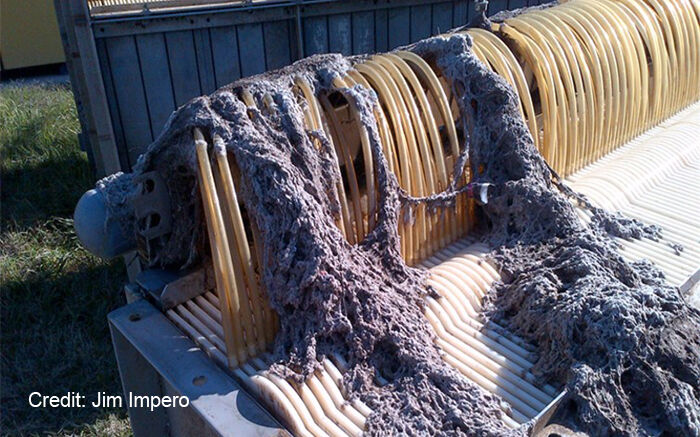Good chemistry: bespoke flat sheet MBR panel cleaning

Simon Judd1 and John Baker2
1 Author of The MBR Book (Elsevier, 2010)
2 Managing Director of Membrane Process Services, a division of Micro-Membrane Systems Ltd, Bristol, UK
1. Introduction
There is little doubt that, of the challenges faced in MBR operation, recovery of permeability is arguably the most critical. When the routine maintenance clean fails to achieve the required recovery and more aggressive recovery cleans are also found wanting, then ex-situ cleaning becomes necessary. This invariably incurs extensive manual intervention, not always with guaranteed success.
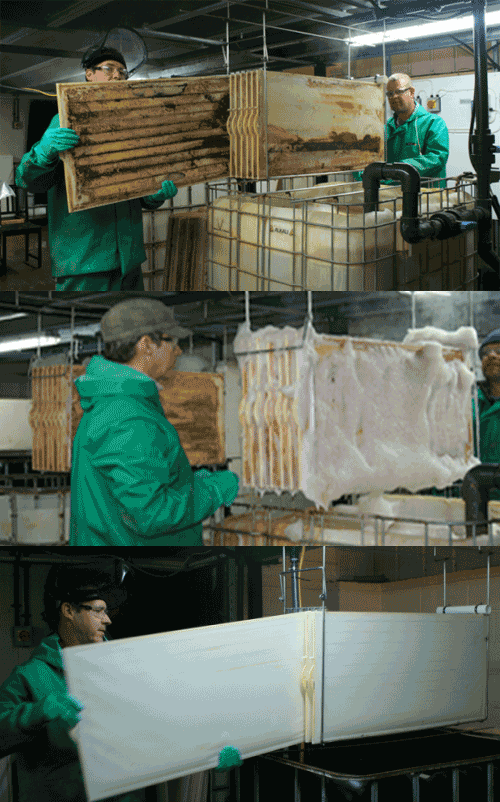
In the case of flat sheet membrane panels, the standard process appears to be to remove the cassettes and apply a low-pressure hose to each of the individual flow channels, which can be no more than 6 mm thick on average. Although long and laborious, this task is usually effective in clearing most of the sludge from the membrane channels providing the sludge hasn’t become too compacted or dried out. If this measure fails to clear the channels, then it becomes necessary to remove the panels individually.
2. Panel cleanability
Extraction of the panels (or 'splitting the unit') is considered something of a last resort, and is often accompanied by their replacement with new ones. However, recently published results of bench-scale tests of permeability recovery for individual panels extracted from operating MBRs − not necessarily associated with diminished performance − revealed the panels to have good 'cleanability' as well as retaining the mechanical strength of the seal (Ayala et al, 2010).
The results implied a membrane life, as determined from the minimum recommended mechanical strength of the seal, in excess of seven years. The results also suggested that membrane life, on this basis, may possibly be limited only by excessive inorganic scaling, rather than deterioration resulting from routine operation.
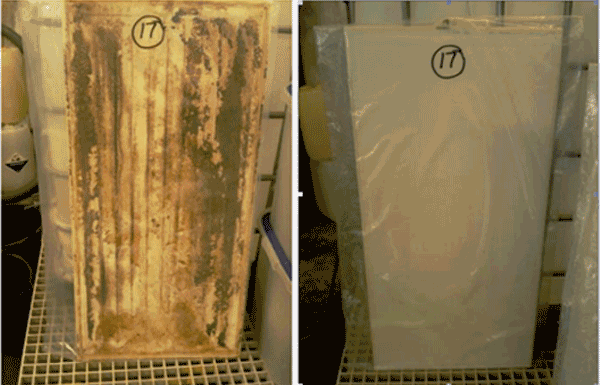
‘Irrecoverable’ fouling − fouling so bad that no chemical clean is capable of removing it − has been a widespread assumption in the membrane community. Indeed, this has been one of the motivating factors in developing the new PTFE membrane module Poreflon, produced by Sumitomo in Japan, which can withstand extremely aggressive chemical cleans, as can ceramic membranes. Despite the existence of such materials, the question remains as to whether existing membrane materials can be cleaned to the point where the permeability is completely recovered, or whether their useful life is ultimately limited by irrecoverable fouling.
3. Bespoke membrane cleaning
It is in this context that the arrival of a bespoke MBR membrane chemical cleaning service warrants attention. Membrane Process Services, the wastewater division of Bristol (UK)-based membrane cleaning specialist Micro-Membrane Systems, has developed a process which is claimed to recover permeability even from the most heavily fouled membrane panels with solids compacted and dried against the membrane surface.
In the cleaning process (Fig. 1), the panels are passed through a series of circulating cleaning tanks that employ upflow jets to direct the cleaning agent directly at the membrane surface. The first two tanks are used to apply a hot membrane-compatible alkaline surfactant wash to remove deeply embedded colloidal fouling and sludge. The surfactant is blended with hypochlorite or peroxide in conjunction with a sequestering agent. Gentle manual scrubbing of the membrane surface may also be employed as necessary to remove dried and adhered sludge. Further baths apply targeted acid cleaning to remove various inorganic foulants such as calcium carbonate, calcium phosphate, struvite and iron phosphate complexes, which can all be highly detrimental to membrane permeability.
The above process may be considered overly aggressive by the membrane suppliers but, given that membranes which have got to this state are probably out of warranty, such considerations are not necessarily of major concern. The question that has to be asked is: does such cleaning actually work?
Scoping trials of the cleaning protocol were originally conducted on membrane panels (Fig. 2) taken from an established MBR plant in the south west of the UK. At this site, the membrane permeability had been severely reduced due to the formation of inorganic solids exacerbating the problem of dried-in sludge from localised dewatering. Energy dispersive X-ray analysis (EDX) revealed the sludge deposits to contain a combination of calcium phosphate and iron phosphate complexes. Some areas of the membrane had been exposed to anaerobic sludging. Permeabilities of the fouled/sludged membranes ranged from as low as 5 up to 19 m per day per bar (Fig. 3).
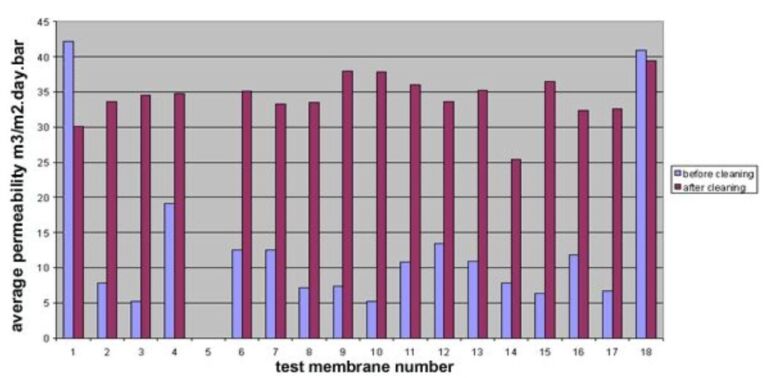
The cleaning process applied to the membranes comprised a combination of strong hypochlorite solution (>3000 mg/L), 1 wt% citric acid, and a blend of mineral acid with other proprietary reagents. Results from these cleans revealed that permeabilities were consistently increased to 25−38 m per day per bar, and all but one (coincidentally the oldest of all the panels tested) to above 30 m/(day.bar). Given that the measured permeability of virgin panels was 30−40 m per day per bar, it was concluded that the permeability was completely recovered by this method. Scanning electron micrographs (SEMs, Fig. 4) revealed the surface of the recovered membranes to appear similar to that of the virgin membrane, with perhaps evidence of just some minor residual organic fouling.
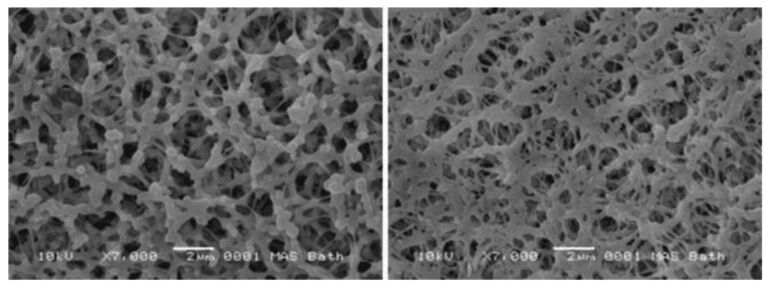
4. Conclusion
So, on the basis of this scoping trial at least, it appears that permeability can be recovered by chemical cleaning if the latter is sufficiently aggressive and bespoke cleaning equipment is used. In terms of equipment, it is unlikely that such apparatus will be installed at any but the largest of flat sheet MBR plants − the largest of all, Al Ansab in Oman, does at least have an external ‘dip tank’. However, as with a chainsaw or a bolt cutter, although it’s not something you might have in your toolbox, it’s always good to know someone who’s got one.






